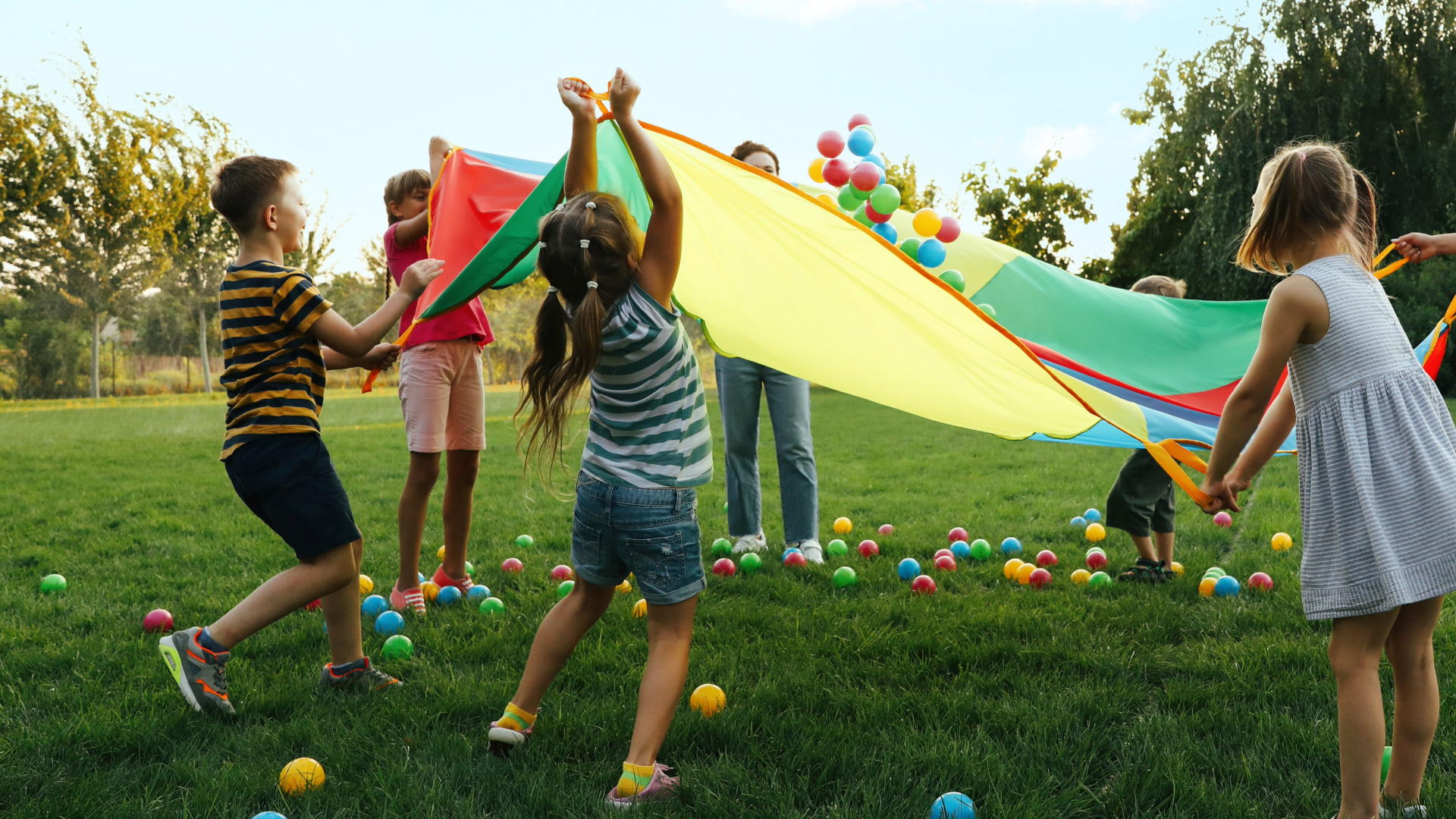By: Andie E. Stallman, M.A.
Mainstream terms like “chronically online” and “iPad kid” show just how central screen time has become in the lives of today’s youth. The shift to virtual spaces during the COVID-19 pandemic pushed an already tech-heavy generation even further online. Now, post-pandemic, it’s more important than ever to recognize the risks of our constantly connected world and take steps towards healthier, more sustainable relationships with screens.
This is the third installment of our Digital Dementia series. In part one, we defined digital dementia and discussed the importance of education about the risks of excessive screen use. In part two, we explored how and why technology impacts the developing brain. Now, in part three, we are diving into the connection between screen time and physical activity: why it matters, what the research shows, and how to apply this knowledge to create a more balanced lifestyle.

Why Physical Activity Is Vital
Decades of research highlight the multitude of benefits that come from engaging in physical activity. For young children, movement fosters the development of fundamental motor skills, including balance and coordination, and supports improved cognitive abilities, such as memory and concentration. As we grow up, physical activity can look different (e.g., team sports instead of recess whether through team sports, yoga, or casual exercise—has shown strong links to improved mental health and greater life satisfaction.
When screen time increases and physical movement decreases, research finds stress levels, anxiety, fatigue, and sleep problems increase. All of these can compound the challenges caused by sedentary habits.
What the Research Shows
A 2024 study found those with both more daily steps and less screen time had lower blood pressure—a key indicator of cardiovascular health.
Another previous study, from 2021, showed that children who maintained both lower screen time and higher amounts of physical activity were more resilient against pandemic-related stress.
Additionally, research revealed that a sample of Chinese children who consistently met guidelines for physical activity, sleep, and limited screen time experienced significantly better overall well-being.
The takeaway? It’s not just about moving more—it’s also about being on screens less. Together, these habits are powerful.
Realistic Ways to Build Healthier Habits
Building a better relationship with movement and screen time doesn’t have to be drastic. Sustainable change starts small. Here are a few ideas to help you get started:
1. Find Active, Social Hobbies
Join a community sports league, schedule walks with friends, or try something new like dance or group yoga classes. The key is to find something you enjoy—when it’s fun, you’re more likely to stick with it.
2. Make Movement Part of Your Routine
If you don’t feel like you’re quite ready to find something new or are just short on time, try adjusting your current habits. Walk to the coffee shop. Park farther away from the entrance. Take the stairs. Small changes add up and build momentum.
3. Schedule Your Screen Time
Consider setting a daily “scroll window” (e.g., 6:30–8:00 pm) and then unplug for the rest of the evening. Try replacing screen time with a post-dinner walk to get in that movement as well.

Ultimately, It’s About Balance
Movie nights on the couch aren’t the villain and eliminating screens altogether is unrealistic. Whether it’s a new hobby or small tweaks to your daily routine, every step counts. The key is moderation and sustainability. Monitoring screen time and reaching recommended physical activity goals are valuable healthy habits that support mind and body.
Be kind to yourself. Show up for your health. And remember, the habits you create today not only support your mind and body’s wellbeing, but also serve as a model which shapes how the next generation learns to care for themselves.
👉 Check back soon for the next installment in the Digital Dementia series, where we’ll explore the importance of social connection and how creative, intellectually stimulating hobbies can benefit the brain.
Disclaimer
Please consult your doctor before starting any new or strenuous physical activity. If you have concerns about your physical or mental health, seek guidance from a qualified professional.
About the Author
Andie Stallman, M.A. is a graduate of Tufts University with degrees in clinical psychology and child development. She currently conducts research at McLean Hospital on adolescent mental health and is passionate about promoting youth resilience through positive psychology and educational outreach.






